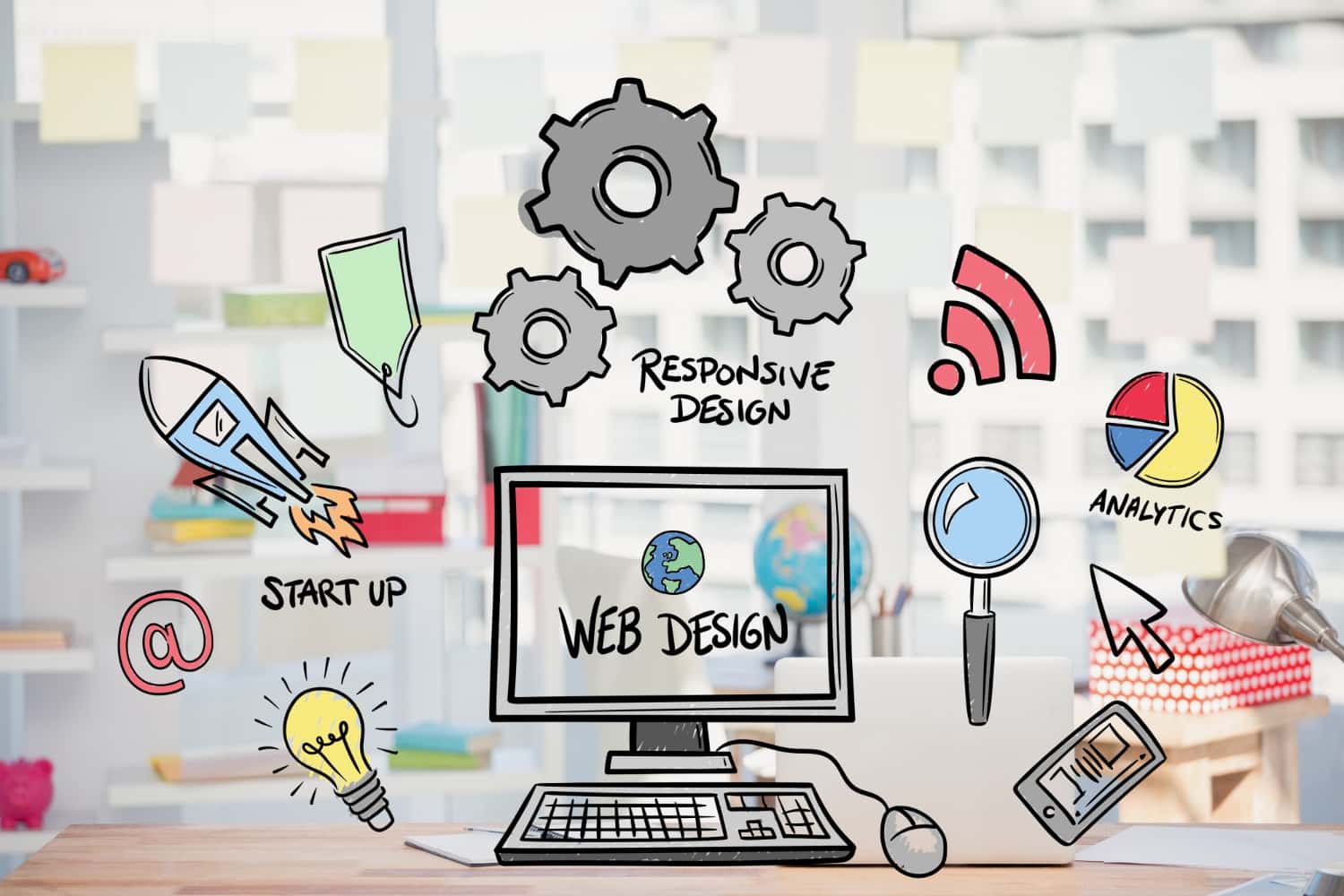In an age where technology has become a part of our lives it’s no surprise that even festivals and events have embraced the digital revolution. Nowadays festival websites serve as the hub for attendees offering information facilitating ticket sales and enhancing the overall festival experience.
What happens behind the scenes to create these festival websites? In this article we’ll delve into the technology that powers these platforms for some of the worlds popular festivals.
The Foundation:Content Management Systems (CMS)
At the heart of every festival website lies a Content Management System (CMS). These platforms provide a foundation, for organizing, managing and publishing content. They enable festival organizers to keep attendees informed and engaged.
Leading CMS platforms, like WordPress, Drupal and Joomla offer interfaces, customizable templates and powerful tools that empower organizers to create interactive websites effortlessly.
Key Features of CMS Platforms
- Content Organization- CMS platforms allow festival organizers to categorize and structure content in a way that makes it easy for attendees to navigate through and find information.
- Multimedia Support- From pictures and videos to audio recordings and interactive maps, content management systems (CMS) platforms offer a range of multimedia elements to enhance the festival experience.
- Mobile Friendly Design- As more and more festival goers access websites, on their devices CMS platforms provide design options that ensure a smooth experience across screens of all sizes.
- Integration Capabilities- CMS platforms can seamlessly integrate with tools and services like ticketing platforms social media networks and email marketing software making operations more efficient and expanding reach.
Principles of User Experience (UX) Design
In the realm of festival websites, user experience (UX) design plays a crucial role in ensuring that attendees can easily find the information they need and navigate the site effortlessly.
UX designers focus on developing interfaces, navigation paths and engaging interactions that enhance the overall user experience.
Key Components of Effective UX Design
- Intuitive Navigation- Clear and user friendly navigation menus enable attendees to locate desired information such as festival lineups, schedules or ticket purchasing options.
- Visual Hierarchy- Through use of typography, color schemes and layout design choices UX designers establish a hierarchy that guides users attention towards essential content elements and calls, to action.
Ensuring festival websites are accessible to individuals with disabilities is a consideration. - Performance Optimization- To enhance the performance of festival websites UX designers focus on minimizing load times optimizing images and multimedia content and implementing caching strategies. These measures aim to improve the speed of the website.
E-Commerce and Ticketing Integration
For festivals that sell tickets or merchandise online integrating e-commerce and ticketing systems into their websites is crucial. These systems enable attendees to purchase tickets choose seating options and complete transactions.
Features of E-Commerce and Ticketing Integration
- Secure Payment Processing- Key features of e-commerce and ticketing integration include payment processing. By integrating with payment gateways e-commerce platforms ensure that credit card transactions are processed securely while safeguarding attendees sensitive information.
- Inventory Management- Ticketing systems also handle inventory management in time. This ensures that tickets remain available for purchase without encountering situations where events are sold out.
- Seat Selection- In festivals with assigned seating arrangements ticketing systems provide attendees with access to seating maps during the purchasing process. This enables them to select their seats based on their preferences.
- Order Management- Additionally e-commerce platforms offer order management tools for organizers. These tools allow them to efficiently manage orders process refunds when necessary and generate reports for tracking sales and revenue figures.
Data Analytics and Insights
Behind the scenes of festival websites data analytics tools offer insights, into the behavior, preferences and interactions of attendees. By analyzing website traffic, user engagement metrics and conversion rates festival organizers can make informed decisions to optimize their website and marketing strategies.
Utilizing Data Analytics for Optimization
- Audience Segmentation- Data analytics tools segment website visitors based on information browsing behavior and past interactions. This allows organizers to customize content and marketing messages for audience segments.
- Conversion Rate Optimization (CRO)- By analyzing conversion funnels and identifying areas of friction organizers can implement strategies to improve the websites conversion rates. Whether it’s ticket sales, newsletter sign ups or merchandise purchases.
- Content Performance Analysis- Data analytics tools track the performance of content assets such as blog posts, videos and landing pages. This helps organizers understand which types of content resonate most with their audience and drive engagement.
- User Journey Mapping- User experience from website visit is crucial. Organizers can identify opportunities to enhance the user experience and streamline the path to conversion.
Emerging Future Trends
As technology continues to evolve in festival website development field new opportunities are arising along with emerging trends.
Exploring innovative methods to captivate attendees and provide digital experiences. Festival organizers are embracing a range of technologies, like virtual reality (VR) and augmented reality (AR).

Possible Future Trends
- Virtual Reality (VR) Experiences- Utilizing VR technology festivals can offer experiences that transport attendees to the heart of the action. These experiences may include tours of festival grounds or 360 degree livestreams of performances.
- Augmented Reality (AR) Integrations- By leveraging AR technology festivals can enhance the on site experience by overlaying information onto the real world environment. Through smartphones or AR glasses. This could include displaying event schedules artist bios, interactive maps and more.
- Artificial Intelligence (AI) Personalization- Festival organizers can utilize AI powered personalization algorithms to analyze attendee preferences and behaviors in time.
Conclusion
The success of a festival website is reliant on a combination of technology, design principles and strategic thinking.
With the evolution of technology it’s crucial for festival organizers to keep up with emerging trends and technologies. This will allow them to craft experiences that captivate audiences and take the festival experience to new levels.





